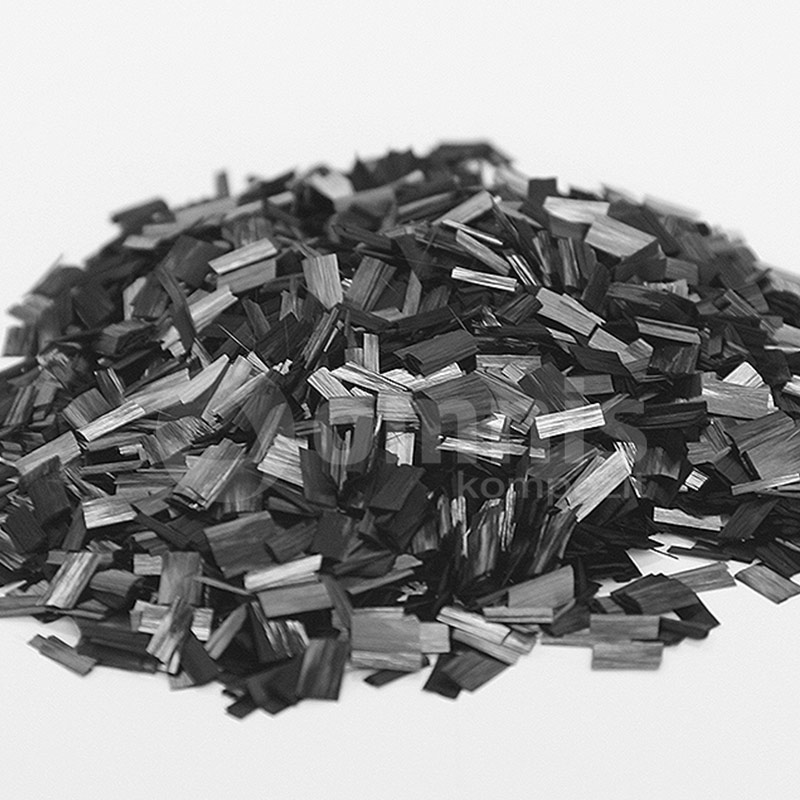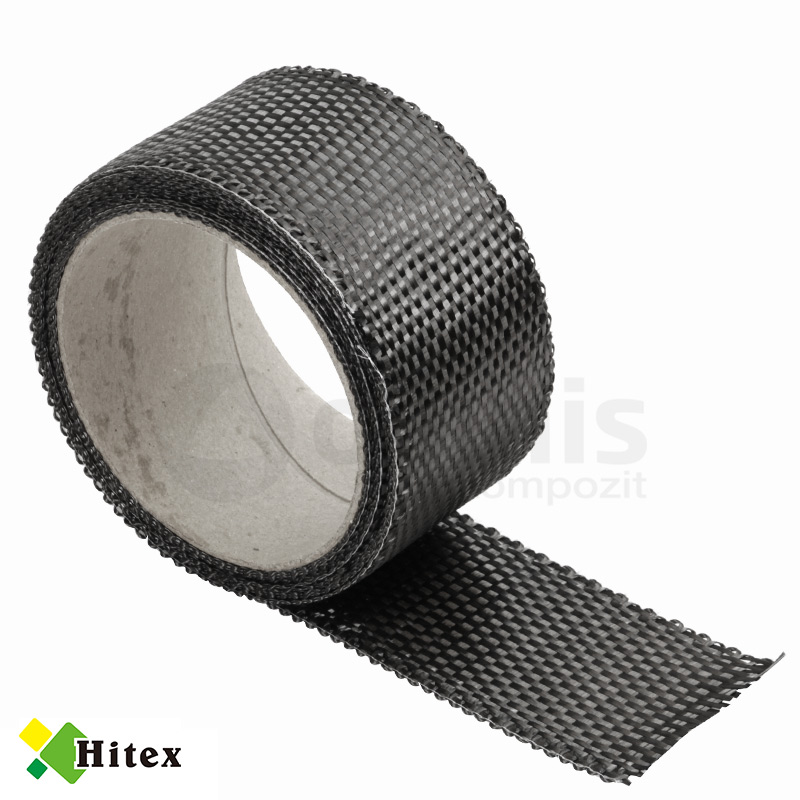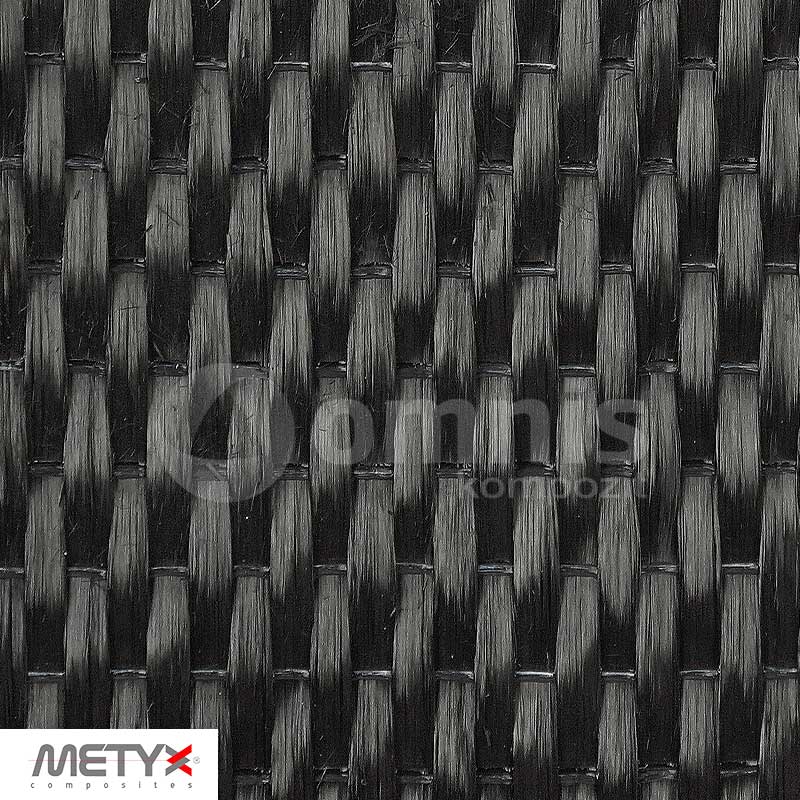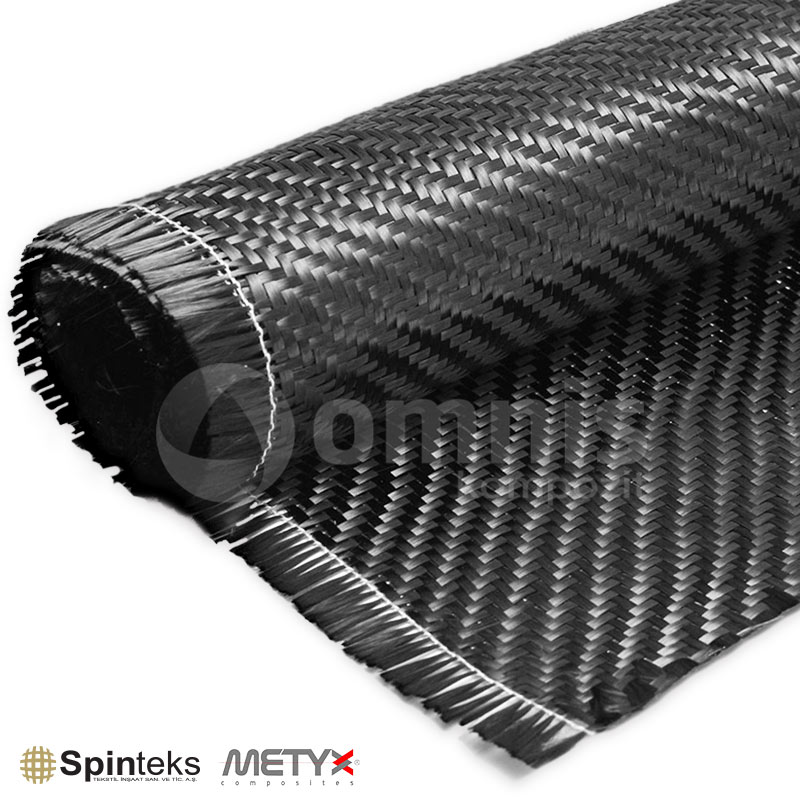Carbon Fiber Reinforcements
What is Carbon Fiber?
The industrial material, called carbon fiber fiber weaving or carbon fiber, is produced in 40 thousand tons or more worldwide. In Turkey, the production of this material is successfully realized in high volumes. As it is an increasingly produced material, it has become the choice of various sectors. The properties of carbon fiber include the following:
Although it has a silky texture, it is a much stronger and more durable material than steel.
It is produced by heating and stretching carbon strips until they become long, thin fibers. They are then knitted together to form a fabric.
Despite its low weight, it is used in structures that require a lot of carrying capacity with its high strength.
It has a wide range of uses, from daily life to industry.
The amount of abrasion is low.
It is resistant to combustion.
It has a low density and a tough structure.
It has electrical conductivity.
In general, it is possible to explain the properties of the carbon fiber weaving product with these items. Due to these properties, it is used in various fields from reinforcement systems to defense systems. Today, its use in terms of providing security against possible earthquakes reveals how important a material carbon fiber is.
Carbon Fiber Production
Carbon fiber production takes place in many countries around the world. Turkey ranks eighth in the world in this production ranking. In our highly profitable production country, carbon fiber production takes place through a special process. The main materials used in the production of this fiber include nylon, tar and orlon. The steps followed in this production process are as follows:
Oxidation In the oxidation phase, the orlon material is heated at 300 °C to separate the hydrogen from its hydrogen content. Oxygen is added to this base material when it is dehydrogenated. In this way, the product is produced with non-flammable properties.
Carbonization: The fibers are heated up to 3000 °C. The aim of this process is the complete carbonization of the fibers.
Surface treatment: The orlon material wound on the bobbin is processed together with the composite resin. The surface treatment ensures better adhesion to the resin. To do this, the carbon surface is cleaned and then placed in an electrolyte bath to make it stable.
Coating Orlon epoxy material is used in the coating process that provides integration with the resin. After the interface between epoxy fiber and resin is formed, the desired carbon fiber product is obtained.
Going through 4 different stages, the production of carbon fiber appears short and simple. However, it is important that the balance of high temperature and pressure is well balanced during this process. In addition, the chemicals used should be used with this material to ensure that they take the appropriate form. All this is done by professionals in production facilities.
In Which Areas Is Carbon Fiber Used?
Carbon fiber weaving, which is used in different types and for different purposes, is widely preferred today. However, the most frequently used area of carbon fiber reinforcement system is the construction sector. The area of use is wide with carbon fiber types that reinforce structures regardless of new or old structures. Uses of carbon fiber include:
Maritime
Construction
Automotive industry
Aviation
Electricity and wind energy
Recreation
Transportation
Private or public infrastructure works
Sports equipment
Defense industry
Insulation applications
What are the Types of Carbon Fiber?
Used in various fields, carbon fiber is available in different types. This product, which is indispensable for reinforcement systems in general, is offered in different options according to the area of use and preference. Commonly used types of carbon fiber reinforcement system with high performance are:
Tufted Anchor
Carbon Mesh (FRCM)
Steel Helical Anchor
Carbon Plate (CFRP)
Carbon Fabric (FRP)
These are the types of carbon fiber weaving commonly used in reinforcement systems. It can therefore be used in old, earthquake-damaged or new construction projects. Carbon fiber material types also come into play in historical buildings that require restoration. Offering innovative solutions, carbon fiber reinforcement products are one of the main components of building projects with their high performance.
What are the Advantages of Using Carbon Fiber?
The use of carbon fiber weaving adds value and high performance to the areas where it is used with many advantages. It is possible to use this material, which is 5 times more durable than steel, in construction, automotive, transportation and many other sectors. The advantages of this fiber are generally as follows:
It is 4 times lighter than steel but 5 times more durable.
It has high rigidity. However, it exhibits flexibility and formability in different applications. In this way, it offers a comfortable use in curved areas.
Carbon fiber reinforcement is corrosion and fatigue resistant. The fact that it is resistant to fatigue indicates that it has a high load capacity.
It has electrical conductivity and thermal insulation.
Resistant to extreme temperatures.
It can be used in various application areas.
It can be used for years because it is long-lasting.
This product, which is an innovative and effective solution, has become widespread by being used in various projects. Developing technology and production systems have supported the distribution of this material to different sectors. Today, carbon fiber fiber weaving properties and usage continue to be developed. This indicates that carbon fiber can be used more effectively and in different ways in the future.






